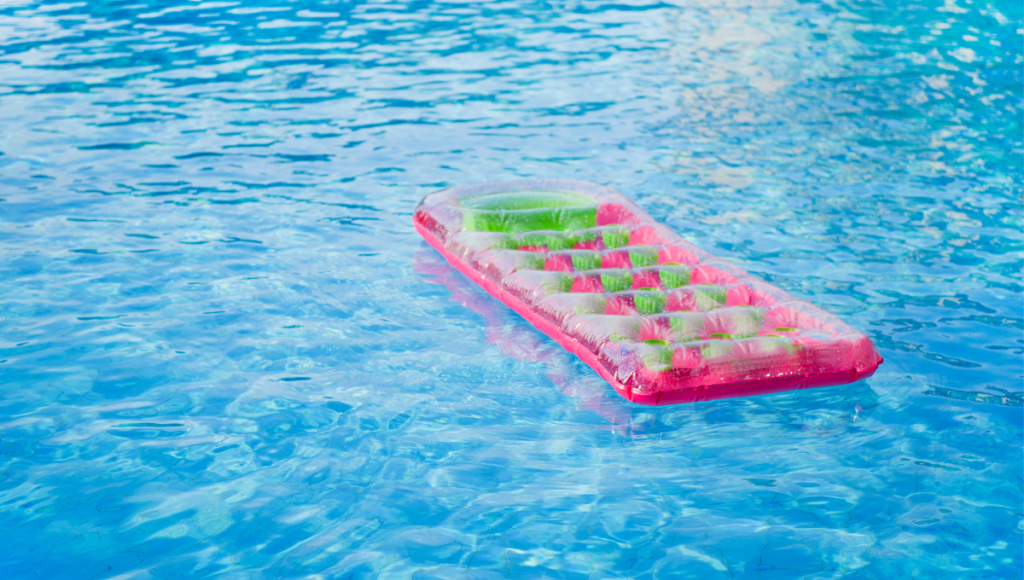
Can You Fill an Air Mattress With Water?
Curious about turning your air mattress into a mini water bed? The intriguing question, Can You Fill an Air Mattress With Water, sets the stage for a unique and offbeat exploration, combining inflatables with aquatic comfort.
“Water-filled dreams, air caution.”
Ever thought about making your air mattress more fun? Imagine turning it into a mini water bed! Let’s talk about the idea of Can You Fill an Air Mattress With Water. Your usual sleeping buddy could become a cool water adventure. We’re going to explore the excitement, the quirks, and maybe a few things to figure out in this different experiment. We’ve got you covered on the heavy stuff and the material mysteries. If you want a neat bed or just to try something cool, this adventure adds a bit of fun to your air mattress. It’s like giving your inflatable friend a high-five because it’s awesome. So, if you’re up for some fun or just curious, let’s do it together. Turning your air mattress into something cool and crazy – why not! Get ready for a ride where your air mattress takes a dip into uncharted waters – literally!
Table of Contents
ToggleWhat You Should Know About Infusing Water into Your Air Mattress?
The Basics:
At first glance, it might seem like a simple experiment – just add water to your air mattress, right? Well, not quite. Air mattresses are designed to hold air, not water, so there are a few factors to consider before turning your inflatable bed into a mini water haven.
Material Matters:
Typically made of PVC or similar materials, air mattresses are not waterproof. They have seams and valves designed to keep air in, not water. So, while it’s possible to fill an air mattress with water, be prepared for potential leaks and a less-than-optimal water containment system.
Weighty Issues:
Water is substantially heavier than air, which means your once-light and portable air mattress can quickly become a hefty water-filled contraption. Consider the structural integrity of the mattress and the surface it will be placed on to avoid any unexpected mishaps.
The Ripple Effect:
Unlike the gentle, soothing waves of a water bed, a water-filled air mattress may not offer the same tranquility. The water inside can create a sloshing effect, making it less stable and potentially uncomfortable for sleeping or lounging.
Temperature Troubles:
Air mattresses are not designed to regulate water temperature like traditional water beds. If the water inside the mattress is too cold or too hot, it could impact your comfort and overall experience.
DIY Water Bed Safety Tips:
If you’re determined to give this quirky idea a try, here are some safety tips:
- Use a Liner:
To minimize the risk of leaks, consider placing a waterproof liner inside the air mattress before filling it with water.
- Place on a Stable Surface:
Opt for a solid, flat surface to support the weight of the water-filled mattress and reduce the risk of punctures.
- Monitor Temperature:
Check the water temperature before getting in, as it can vary from the surrounding environment.
Conclusion
While the idea of Can You Fill an Air Mattress With Water is intriguing, it’s important to approach this experiment with caution. The design and materials of air mattresses are not intended for water use, so be prepared for potential challenges. If you’re seeking a true water bed experience, it’s advisable to invest in a purpose-built water bed for a comfortable and leak-free aquatic slumber.
Frequently Asked Questions
Theoretically, yes. However, consider the durability of your air mattress as it needs to withstand the added weight and movement of water.
Less is more in this case. Adding too much water increases the risk of overloading your air mattress. Aim for a minimal amount to avoid a waterlogged disaster.
Absolutely! To minimize leaks, use a waterproof liner. Place the mattress on a stable surface to reduce the risk of punctures. Always check the water temperature before use.
No, air mattresses are not designed for this. If the water inside the mattress is too cold or too hot, it could impact your comfort and overall experience. Traditional water beds have specialized temperature control systems.
